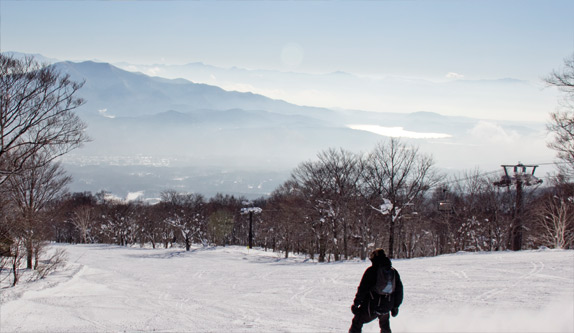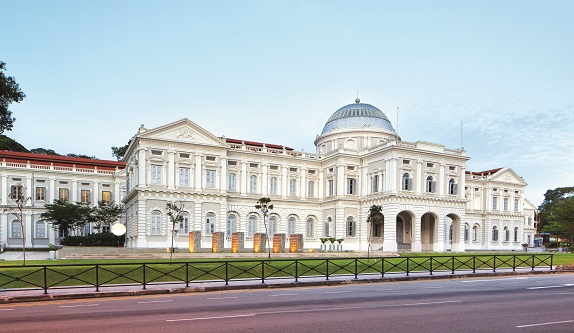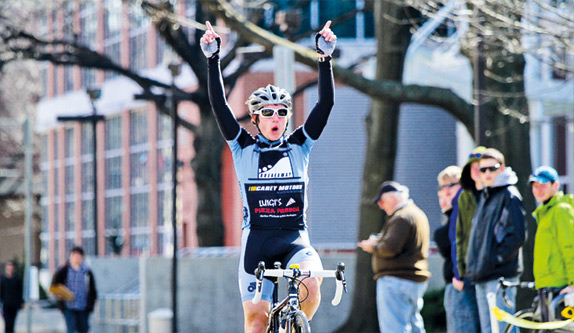
Michele Fernyhough has found a fast way to lose weight and feel great.
In early 2013, she decided to do a seven-day fast – a regime which bans all solid foods, which is one of the most effective forms of detoxifying the body. The 46-year-old, who is originally from Adelaide, wanted to do a fast to make a positive impact on her general health and well-being. “I had some general health issues and couldn’t get to the bottom of them. A fast would be a great idea to give it a re-boot.”
So she and some other like-minded people did a seven-day, liquid-only fast, which gives the digestive system a break from its daily routine from processing solids. The women would meet at Balanced Living every morning for a medical check-up, yoga, fruit and vegetable juices and more. “It was pretty much the same thing every day. Meet in the morning for a medical check-up and to have blood pressure taken, and to check for any health issues.” Then they’d drink some fresh vegetable juices ten they’d do a yoga session. Sometimes they’d meditate.
As time goes on, the body changes. According to Balanced Living, after thirty-six hours without food intake, the body automatically switches over from the digestive mode to the detoxification mode, a condition that most people have never experienced in their entire lives.
Digestion “takes a lot of work for the body,” says Michele. The liver is the main beneficiary. “The liver and kidneys get to work better when they’re not having to process all the food. The liver gets a chance to be cleansed.”
She could drink bulky shakes, to pick up toxins on the way through, drink vegetable broths and juices, drink coconut water and take supplements. The most important ingredient, though, was water. “That’s the most essential part of the whole thing. The more you drink, the fewer headaches you get.” Even though she could drink juices, didn’t the hunger become all-encompassing? “It’s really weird. I felt hungry in my mind but I’m not sure I felt it in my body.”
Michele realises how much her routine used to depend on meals. “Normally, my day is programmed around meals – preparing, eating and cleaning up. When I’m not in that cycle, it’s not getting filled up and emptied, when you’re the fast you’ve got lots of fluid going in but no bulk, in a way.”
It’s changed her in more ways than one. First, her dermatitis cleared up completely. “In seven days, my skin has completely cleared.”
She lost five kilograms in three weeks, first in the two-week preparation diet, cutting out all the stimulants like coffee, alcohol, processed foods, and then the week of the fast.
Her outlook on eating has also changed. “Coming off of it I’ve not got into eating again. I’ve got out of the habit of having a big meal. I’m full quicker. As well, “I found I’m enjoying simpler food now – salads I really like them on their own now, before it was something on side.”
It’s encouraged her to look after herself more. “I feel more focused now on taking care of my body and being kind to my body.”
While fasting can be an effective detox and a way to lose weight, well, fast, it may not be for everyone. Expat Kitchen managing director Annette Lang has some tips on eating for those who can’t give up solids. “Singapore offers a wonderful opportunity to feast on a wide range of authentic Asian cuisine at a very reasonable price. But alas our trusty food court and hawker centre food are filled with fat and sugar traps.” She finds an upswing in the number of people wanting to get fit and healthy in the New Year.
“There is always a huge prompt (especially in the months of January to March) to improve your food intake, fitness level and health after the festive season. Its natural we all feel guilty and want to shake off the excess plum pudding we put on. It’s hard to stay on a good food path and be motivated during this period.”
For those who start out with good intentions but slip back to old habits, Annette says, don’t be too hard on yourself. “It’s okay to fall off the fitness regime or have binge occasionally. Just pick yourself up and start again like it’s the New Year again. What usually motivates me is reminding myself about how great I feel after I do a workout.”
To keep a healthy evening diet, Annette can’t stress enough how important it is to do a weekly menu plan. “Always set out what evenings are going be your ‘out nights’ and what evenings are going to be ‘eat in, healthy nights’. Just be sure that the ‘stay home nights’ outweigh way the ‘going out nights’ and you should be okay.”
Eating’s only part of it, though. A good diet should be accompanied by an exercise plan, but people can fall of that wagon, too.
Julianne Walker, founder of Ready!Set!Go!, helps her clients get fitter and healthier through the company’s fitness programmes. She says people have to have realistic expectations of what they can achieve to avoid being disheartened or injured. “Some people are so enthusiastic and wanting to get fit that they do not prepare appropriately. They set unrealistic goals which are not sustainable and possibly start out with too much too soon.”
Those who used to be fit then take time off from fitness must understand they can’t resume their fitness regime where they left off, especially if the climate they trained in previously was very different to Singapore’s. “It’s best for them to take smaller steps to get back to where they left off, rather than one huge leap, Julianne says.
This article was originally published in March 2013.
INFO
- Expat Kitchen, 9 Norris Road 02-01, Little India, www.expat-kitchen.com
- Ready!Set!Go!, Find them at Body with Soul, 44/45 Rochester Park, www.readysetgo.com.sg
- Balanced Living, 779 Bukit Timah Rd, www.balancedlivingasia.com










